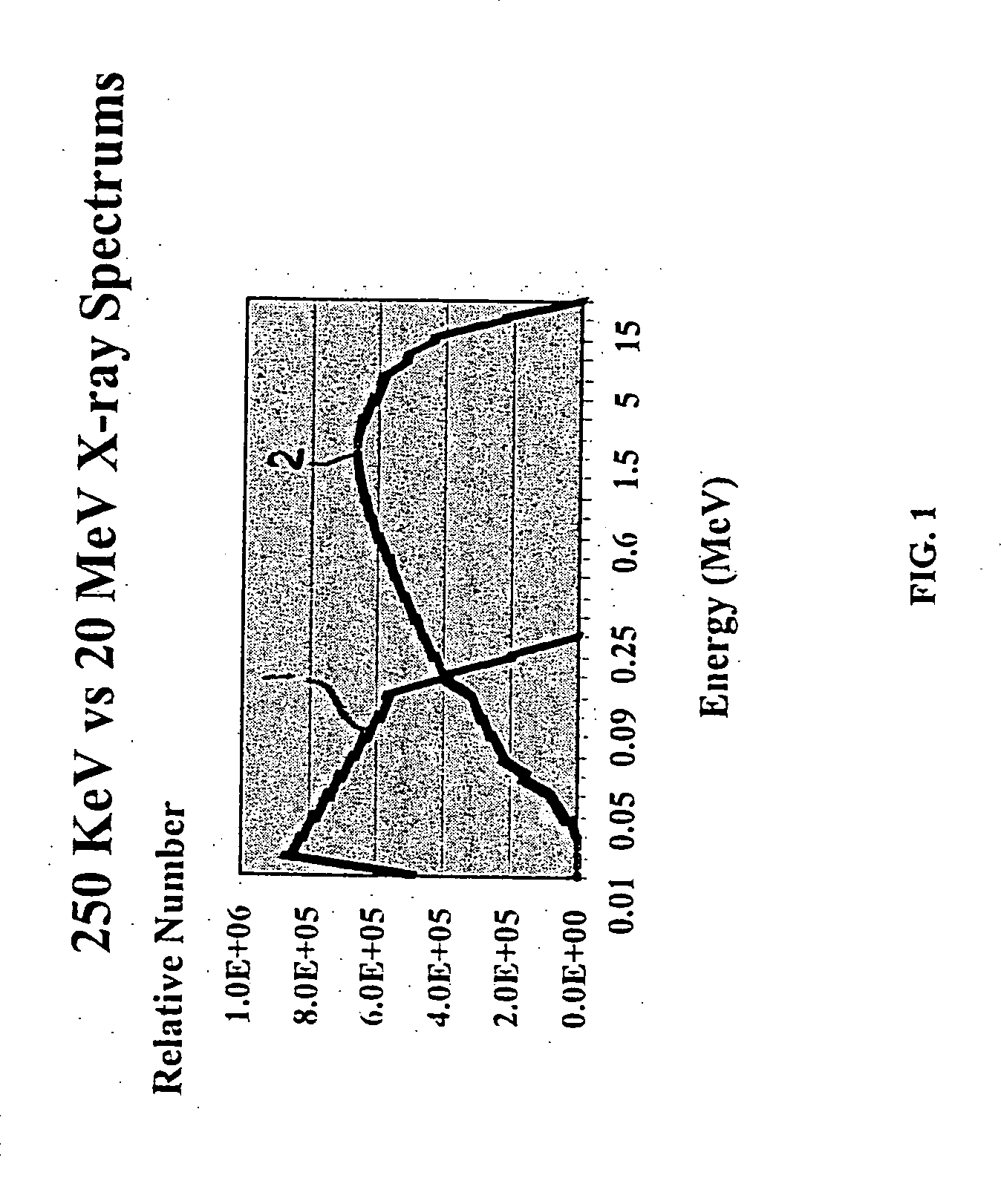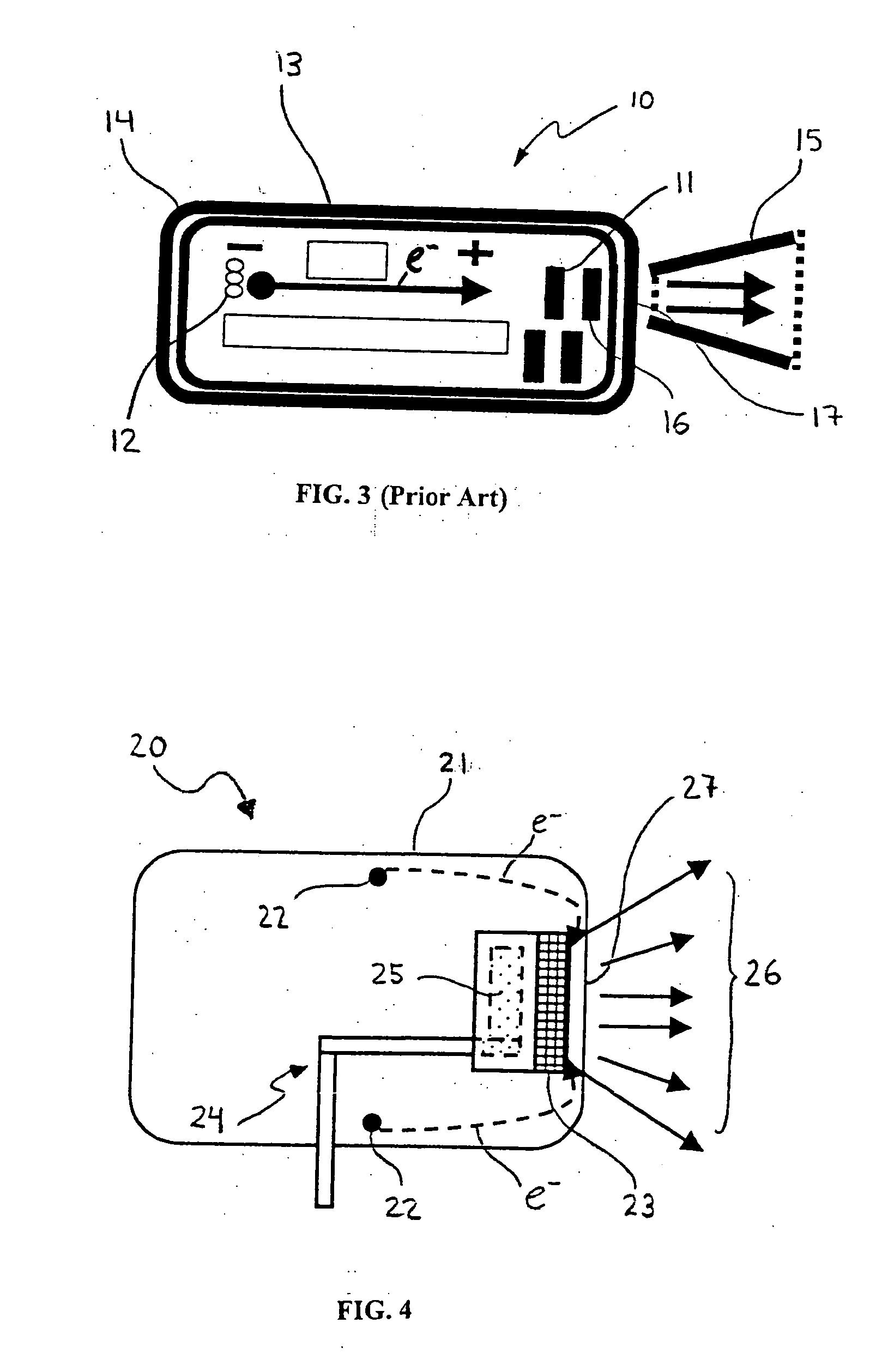Method and apparatus for irradiating foodstuffs using low energy x-rays
- Summary
- Abstract
- Description
- Claims
- Application Information
AI Technical Summary
Benefits of technology
Problems solved by technology
Method used
Image
Examples
example 2
Experimental
[0058] Using a Varian MCS 7000 Series x-ray tube with a Varian Model HE1256 heat exchanger (output measured at 214,400 rad / minute), pathogen-containing samples of deionized water were subjected to various doses of x-rays having energies exclusively in the range of below approximately 60 KeV in order to determine the efficacy of the inventive method in eliminating pathogens.
[0059] The test pathogen comprised E. coli ATTC No. 35421, a Coliform bacteria selected for its relatively high vigor and surrogate properties. The initial sample population of bacteria was established by transferring a loop of stock solution to several plates of Endo agar medium, adapted from Clesceri et al., Standard Methods for the Examination of Water and Wastewater (20th ed.), at 9222B. Unless otherwise specified, the foregoing and other protocols discussed in relation to this example were adapted from Clesceri et al., Standard Methods for the Examination of Water and Wastewater (20th ed.), publ...
PUM
 Login to View More
Login to View More Abstract
Description
Claims
Application Information
 Login to View More
Login to View More - R&D
- Intellectual Property
- Life Sciences
- Materials
- Tech Scout
- Unparalleled Data Quality
- Higher Quality Content
- 60% Fewer Hallucinations
Browse by: Latest US Patents, China's latest patents, Technical Efficacy Thesaurus, Application Domain, Technology Topic, Popular Technical Reports.
© 2025 PatSnap. All rights reserved.Legal|Privacy policy|Modern Slavery Act Transparency Statement|Sitemap|About US| Contact US: help@patsnap.com



